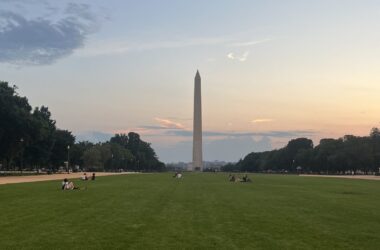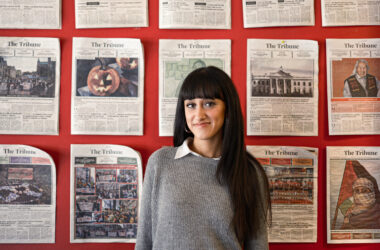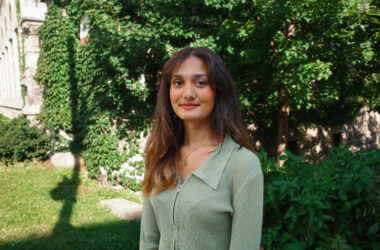Photographing wildlife is not only my primary hobby, but my passion. Nothing beats the thrill of finding an animal, the adrenaline of setting up a shot, and the reward of taking a successful picture. When I look at the collection of photographs I have taken, I am awestruck by the beauty and diversity of wildlife and, I must admit, my luck in capturing these images. But I like to believe there is more to my photography than being in the right place at the right time with the technical skills to capture a sharp, nicely exposed picture. I like to think that I am creating art.
Like other forms of photography, wildlife photography calls for good composition, light, balance, colour, and texture, and entails making decisions to create the most engaging and impactful images possible. However, the reception of my photographs often ignores these decisions. Rather than commenting on my use of light or my compositional choices, I am usually met with comments that highlight the beauty of the animals themselves, such as pointing out the sharp talons on a hawk or the detail in a snake’s eye. When I first started wildlife photography, these comments annoyed me, as I wished people would instead focus on the skill and meticulous aesthetic decisions needed to photograph these animals. However, when I receive these comments now, I am much more appreciative, because they highlight something it took me time to recognize—wildlife is already art.
Nature creates lines, shapes, and textures that are so breathtaking and powerful that they cannot escape the category of art. I often encounter this phenomenon when I am editing the images I capture. After correcting a few technical flaws, I find myself at a loss for what else to change. The contrast between a raccoon’s darkened eyes and its light fur is already so impactful, the seeming frailty of a bee’s wings so evocative, that additional editing is unnecessary to make these details more aesthetically poignant.
Today, when people comment on the natural beauty of wildlife that I am able to capture through my images, I am happy to draw their attention to this art form. Since we often encounter wildlife in small ways during our everyday life, it is easy to overlook their beauty. Wildlife photography is closely tied to conservation photography, which more directly invokes viewers to act in protecting wildlife. This medium has the ability to document the wonders of wildlife and can encourage the appreciation of these animals––a key motivation for my work.
However, the inherent artistic quality of wildlife does not make this form of photography any easier. Creating art from art is more complicated than it may seem. Making unsuccessful artistic choices can easily detract from natural beauty. While a telephoto lens can capture close-up, intricate details, it may also depict the animal as detached from its surrounding environment, failing to balance appearance with storytelling. Furthermore, in the case of a sudden sighting, it is easy to forget about composition in the frenzy of the moment, while fumbling for my lens cap and losing track of the focus ring. Wildlife photography is also very often an uncomfortable process, with bugs devouring my knuckles in summer and my hands becoming immobile under freezing metal lenses in winter. In the midst of these distractions, it is no easy task to ponder the benefits of a wider depth of field. Wildlife photography is an art of adaptation and circumstance, with no foolproof step-by-step guide to a successful picture.
Taking these challenges into consideration, if my artistic choices become invisible under the breathtaking beauty of the natural world, that means to me that my photography has been successful. If I have managed not to detract from, but to amplify these wonders, I can emerge from swampy waters with muddy boots and a feeling of accomplishment. The best wildlife images, and the kind I strive to create, manage to balance natural artistic wonder with intentional choices to create not simple documentary evidence, but powerful art.









